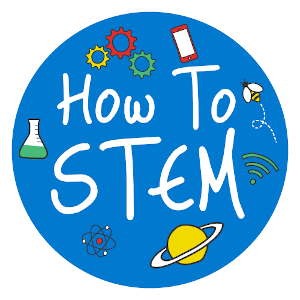
There’s something about origami that really seems to capture children’s imagination. In almost every class across the country you’re likely to find at least one child with a real passion for origami. Many a show-and-tell has been dominated by incredible paper-folding creations, from water bombs to paper dragons. Think back to your own school days. Which of these origami classics do you remember creating?




Origami is the ancient art of Japanese paper folding. For many, a love of origami stems from childhood. As much as we might marvel at this paper art-form,
Do we see its hidden STEM potential?
Origami has evolved to be much more than paper folding. Here are some examples, along with examples of how their STEM potential is applied in the real-world.
In primary school, origami is a fantastic way to explore mathematical concepts including geometry, fractions and angles. Turning a simple square of paper into a piece of completed origami involves a lot of mathematical thinking. Origami instructions involve following steps of folds, often referred to as ‘crease patterns’, in order to create different geometric constructions. Children will need to use knowledge of directionality and angles in order to complete these correctly. Throughout the process they will create other shapes starting from a square including equilateral triangles, pentagons and hexagons. Patterns also feature heavily in origami.
Check out this video about the maths and magic of origami:
Many of the real-world applications for origami can be found within engineering. Take car airbags for example. Did you know that their compact, quick inflating design was inspired by origami? Engineers took inspiration from origami patterns and folding methods to deploy how the airbag is stored and deployed. Engineers are continuing to draw upon origami techniques when developing new structures and technologies.
In 2003, a new, origami-inspired heart stent design was created. Designed around an origami water bomb base, the purpose of the stent was to enlarge clogged arteries and veins. The origami design allows the stent to be expanded to different sizes depending on its application. Likewise, origami-inspired forceps are helping to revolutionise robotic surgery, allowing for delicate, precise cuts.



There are plenty of examples of origami-inspired space technology. One such is the solar array. The combination of different folds expands into a large, flat circular surface. These solar arrays can then be used to convert solar energy into electrical power. More examples of how NASA engineers use origami to design future spacecraft can be found here:
And all this is just the start! So next time you see a child folding their paper to make an origami creation, use it as an opportunity to share with them the hidden STEM potential and real-world applications of origami.
This post has been included in Twinkl’s End of Terms Activities blog.




